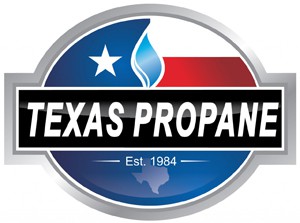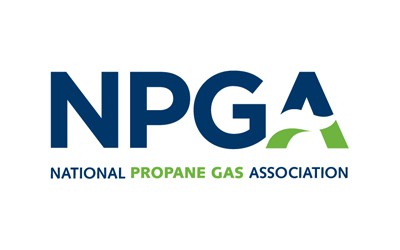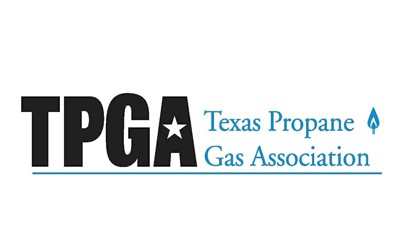Why is My Propane Regulator Frozen?
When Frost on LP Gas Regulator is Normal
During normal operation propane regulators can become covered in frost. This “freezing” of the regulator may be a symptom of an actual problem, but it is typically a sign that the outside humidity is at a level capable of producing condensation. However, the difference is that the condensation forming on a regulator is frozen. Propane regulators act as a barrier between high tank pressures and delivery pressures per downstream appliances and/or equipment requirements.
The liquid propane in a tank or cylinder will start to boil once a propane appliance is actively in use. The propane vapor, as boiled off the top of the liquid begins flowing downstream to the point at which it is now useful. Before it gets to the LP Gas system piping, the propane vapor passes through the regulator. This is where there’s a reduction of pressure occurs to a usable level. The regulator will only deliver a constant pressure on the outlet side while inlet pressures can vary significantly.
The propane expands as it passes through the regulator. This results in sub zero temperatures and causes the regulator to gradually reach the extreme cold temperature of the propane vapor passing through it. The regulator will produce condensation, depending on the temperature and humidity of the surrounding air. This is similar to that of a frozen mug or glass that you take out of a freezer.
When a Frozen Propane Regulator is an Issue
Propane regulators can freeze under normal and “proper” operating conditions. However, there are times when regulators freeze due to actual problems. One issue that is cause for concern is liquid propane entering and passing through the regulator. Liquid propane can produce an effect of extreme freezing when introduced abruptly into a regulator. The following are a couple of ways that liquid flow through the tank (or cylinder) service valve:
- If there’s overfilling of the container.
- If the tank, typically a bottle, is not upright with the service valve communicating with the vapor space of the container.
While these situations are both possible, they do not commonly occur.
Freezing regulator problems both involve one common factor: liquid propane. Therefore, it is necessary to locate and position cylinders and tanks as designed for use. This will not only keep liquid propane out, but also keep it out of the downstream appliances designed to work with propane vapor.
In addition, propane regulators that are frozen due to tank or cylinder overfilling pose the same issue as an improperly positioned container. Propane cylinders containing OPD valves have the design to prevent this problem. However, cylinders and tanks without OPD valves can be completely full with liquid propane and result in liquid flowing through the service valve, into the regulator and downstream to appliances that work with vapor. Again, while this is not common and not probable, it is possible.
These are just a few reasons as to “Why is my propane regulator frozen?” Contact us with the link below for more information on propane safety or to schedule a propane tank repair with us today!







